2024 Suzuki Swift Review: A Sound Case For The Sensible Supermini
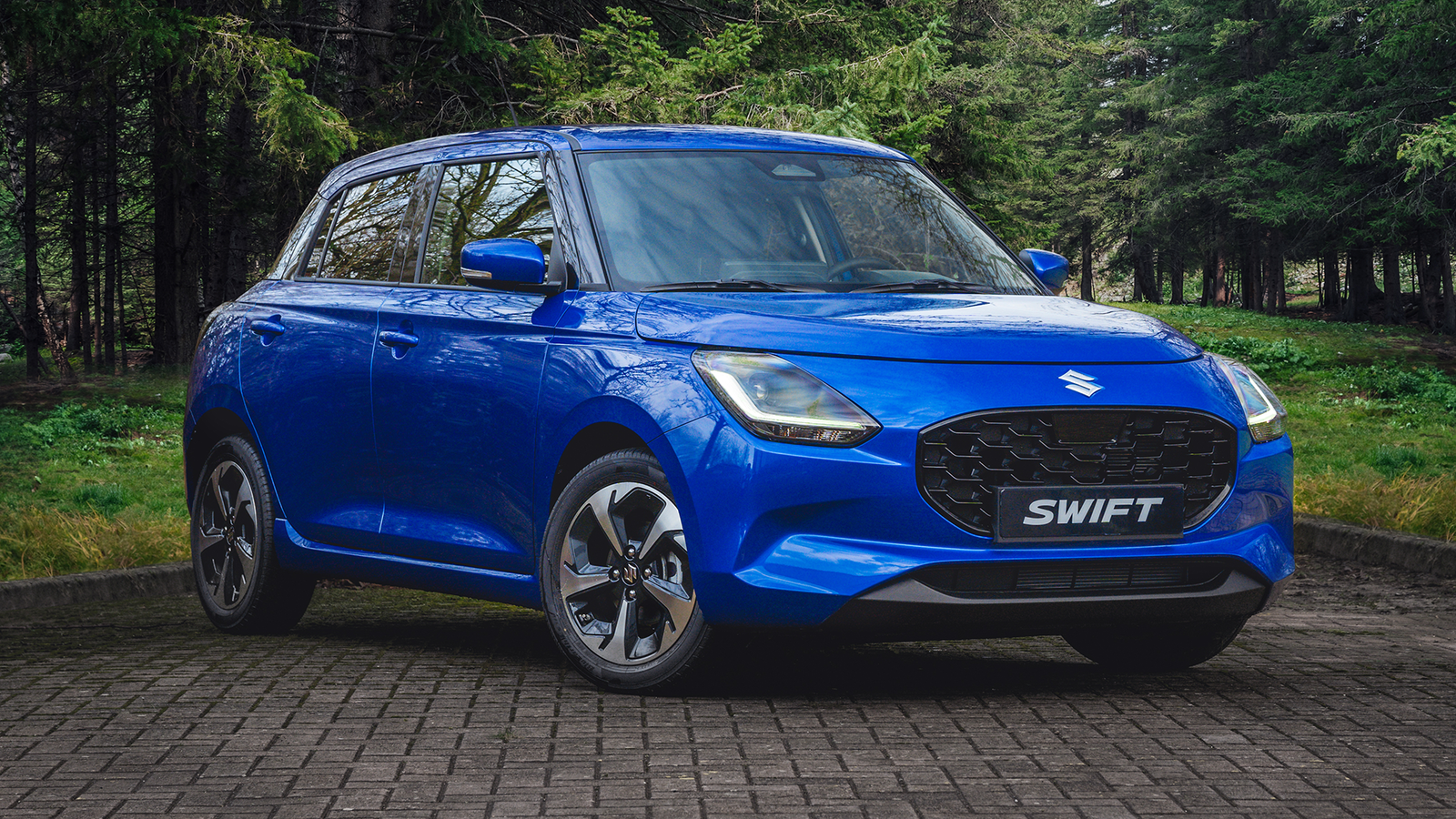
Pros
- Excellent for bombing around town inPlenty of kit standard
Cons
- Interior quality leaves a little to be desiredIt’s pretty slow, too
As the supermini segment slowly dies a death, it’s enough in 2024 to launch a small, low-weight hatchback powered by nothing other than a dinky combustion engine to be deemed interesting.
This is the case with the new Suzuki Swift. With the Ford Fiesta now dead, the VW Polo on its last legs and virtually nothing new coming into the segment, the plucky - if often overlooked - supermini has a real chance to thrive.
Suzuki has fortunately recognised this with the global fourth generation of the Swift (yes, more than that exist, but the history of the nameplate is a little complicated) and has opted to keep things simple with this new car rather than chase battery power or, worse, turn it into a crossover.

The easy (and cost-effective) thing for the Japanese manufacturer to do would’ve been to slap some lipstick on the outgoing car, maybe fettle the engines a bit, add some updated safety kit and call it a day. Yet, it’s decided to rework everything about it.
It sits on the same ‘HEARTECT’ platform as before and retains a similar kerb weight (949kg compared with 900kg), but pretty much everything else around that has changed or at least, evolved. There are little changes designed to add up to big things - like sound-deadening adhesive being used for the first time in a Suzuki, a thicker front roll bar and a Teflon-lined axle for improved rigidity and even liquid-filled engine mounts to reduce vibrations.
The engine itself is new too, with this Z12E 1.2-litre turbocharged three-cylinder replacing the K12. It’s a mild-hybrid, like the old one, and has the same peak power at 81bhp but torque is up 4lb ft with efficiency improved to a quoted 62.2mpg and 99g/km of CO2. Refreshingly, it comes with a five-speed manual gearbox as standard, though a CVT is available as a cost option.
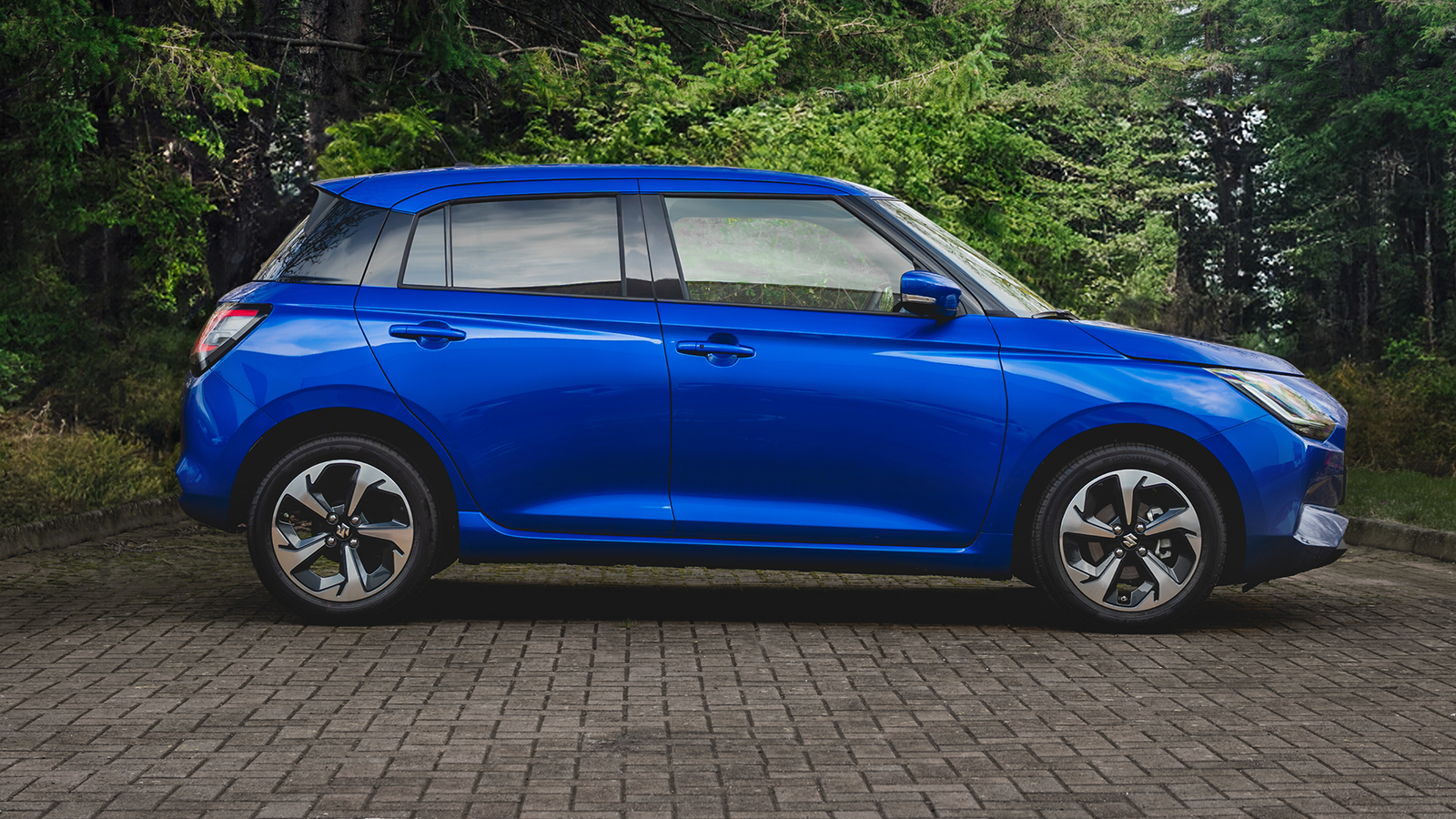
It’s not a quick thing, by any means. Its 12.5-second claimed 0-62mph time feels a bit sandbagged, but it’s still not getting up to speed all that quickly. It’s not a huge deal, particularly as this is the kind of car most likely to be bought by your nan because that one salesman from the dealership up the road “is a lovely bloke,” but some more power would be nice. For the time being, the Z12E is the only engine - we’ll hope for a more potent Boosterjet engine (and pray for the return of the Sport, which Suzuki has been concerningly quiet on) down the line.
Beyond the lack of pace, there’s little to fault with the Swift’s driving experience. Much like the car it replaces, its light-set steering makes it effortless to bimble around town. Weighing very little and at most having 16-inch wheels, it rides pleasingly well over bumps too.
As has always been the case with its predecessors, it’s rather fun on a backroad too. Suzuki has made an effort to improve steering feel and response which shows. It’s not pinpoint sharp, unsurprisingly, but you get a good idea of how the front axle is behaving and its responsiveness to direction changes. That low weight gives it a properly agile feeling as well, which feels increasingly rare in new cars that feel more like they’re engineered as appliances.
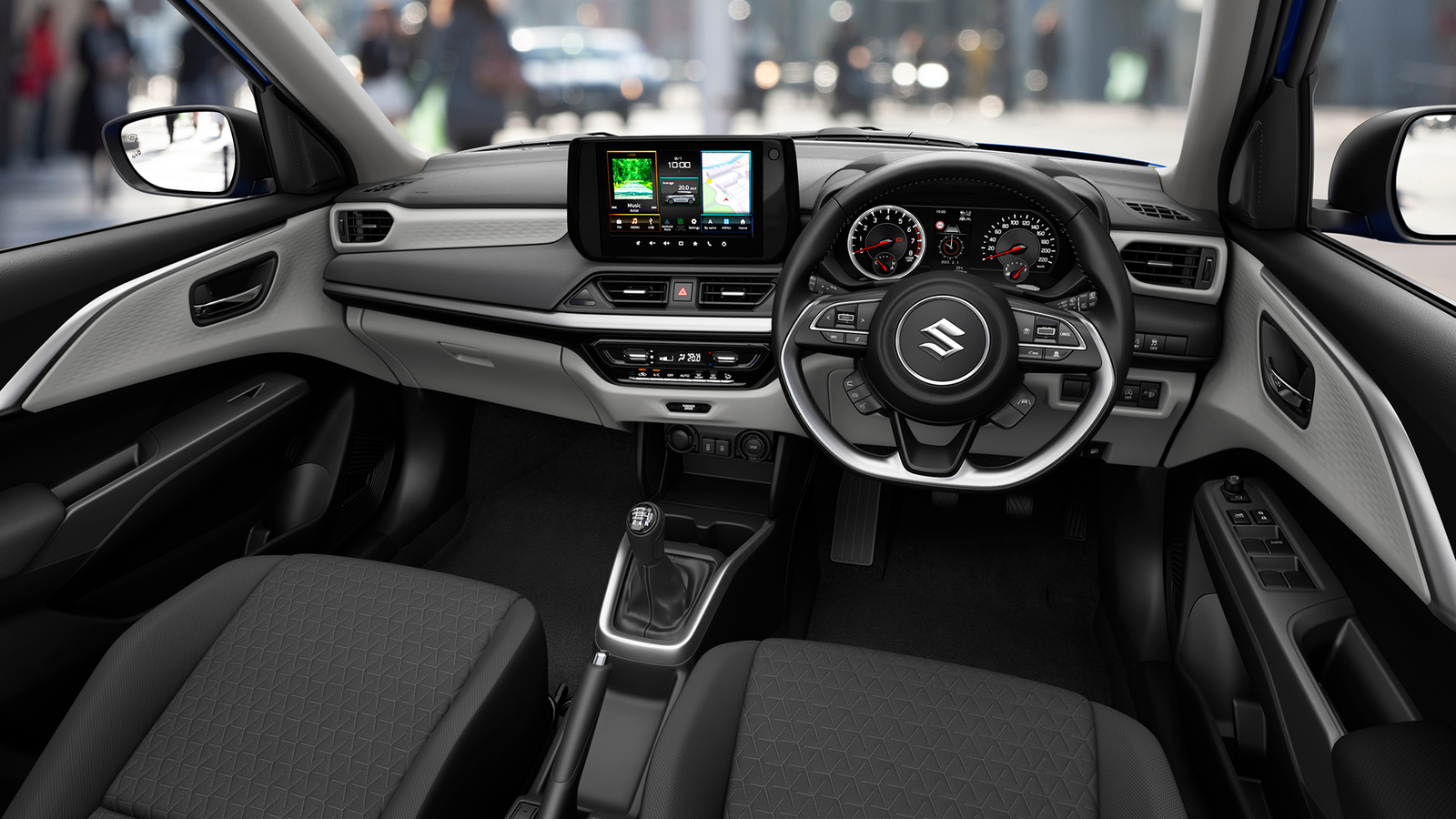
The interior does leave something to be desired. It’s laid out well enough and the heavy use of physical controls as opposed to bunging everything in the screen is to be commended, but it’s full of hard plastics and the design feels rather uninspired. That’s not exactly helped by the choice of contrasting beige plastic which feels like a cost-cutting measure as opposed to any fashion statement.
The space in the back is about what you’d expect from any supermini, really. Enough to fit the kids in without complaint, but as a grown adult, not somewhere you’d want to spend much time. Similarly, the boot isn’t cavernous, but then again, that’s par for the course.
What the Suzuki Swift isn’t lacking in is tech, though. For the reasonable entry cost of £18,699, you’re getting LED headlights, heated seats and, a nine-inch infotainment system (it supports wireless Android Auto and Apple CarPlay, which you’ll want to use over the base system).
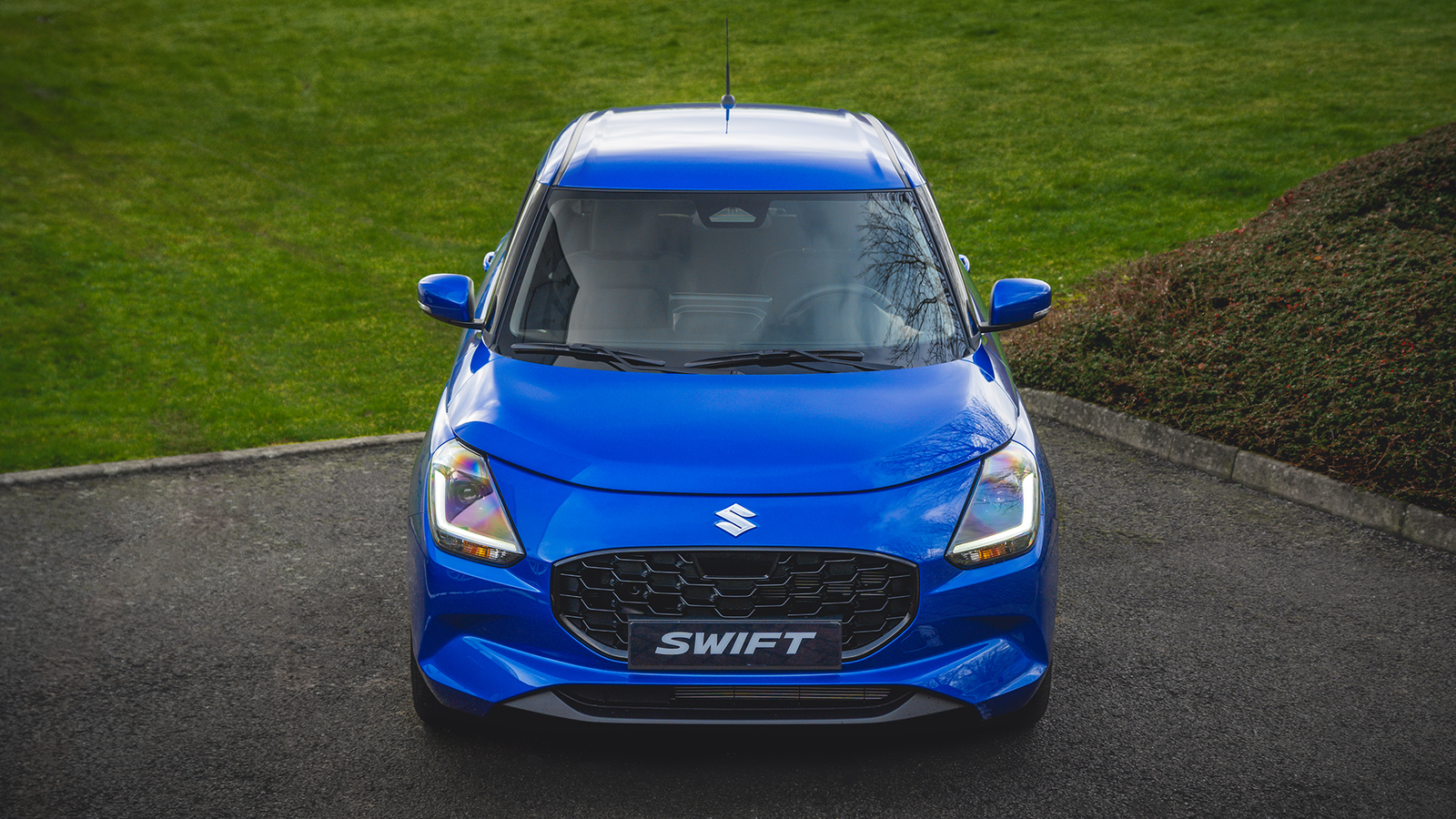
That’s not including the suite of assistance tech like adaptive cruise control, rear cross-traffic alert (CHECK), a reversing camera with sensors and blind spot monitoring. Perhaps not the most interesting of inclusions to enthusiasts, but it’s stuff the majority of the disengaged car-buying public is keen on.
The aesthetics of the new Swift have so far been a little polarising in my experience. It does look a little like someone melted the old car and for me, I’m not a massive fan of the more angular look. However, it needs to be praised for still looking like a Swift and not swelling up to yet another pseudo-SUV.
We all know the industry is heading that way, and the extinction of the small, petrol-powered supermini is something we fear will soon come. Really, anything coming into this class is going to set itself up for praise - fortunately for the Swift, it happens to be a pretty good one too.
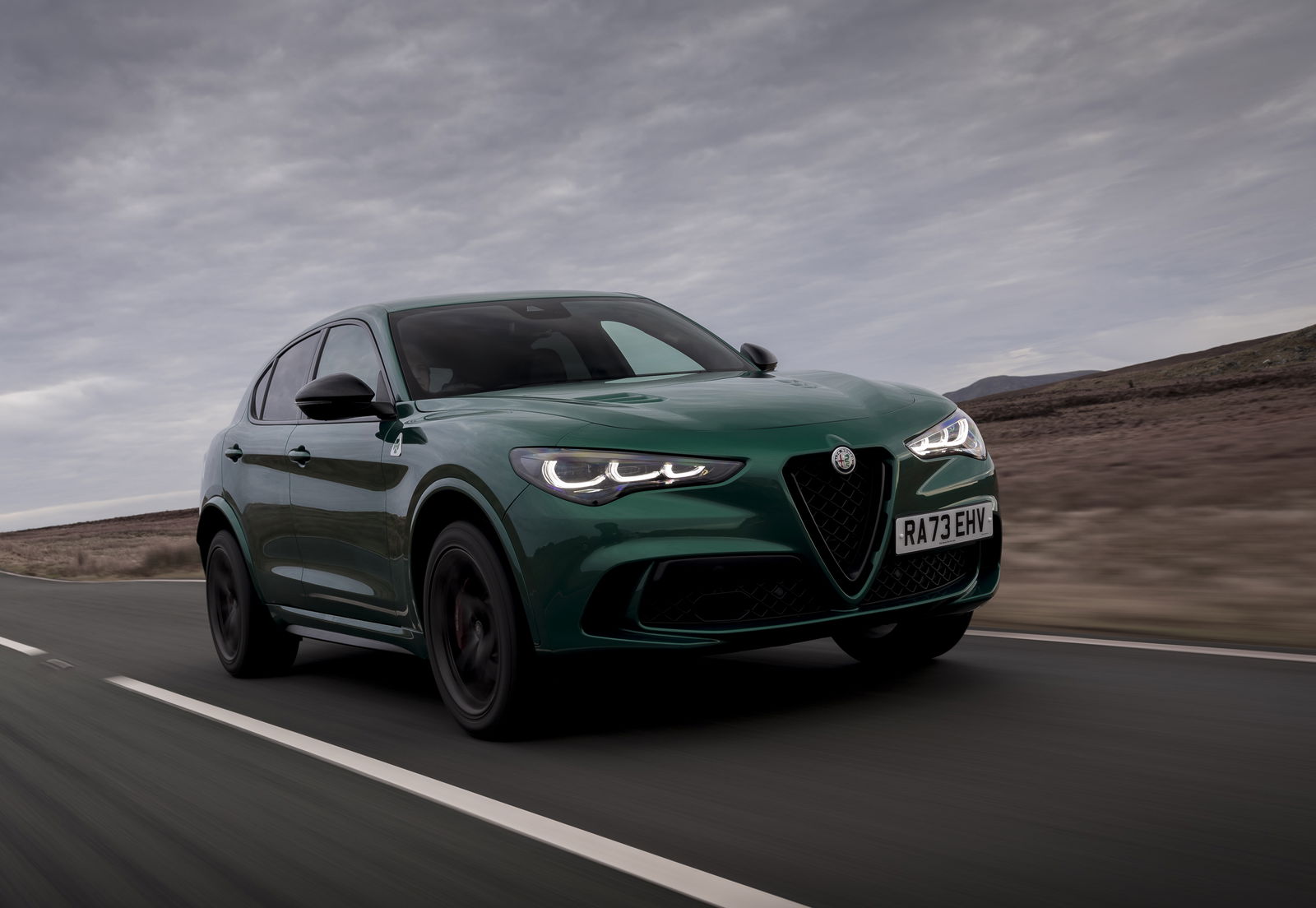
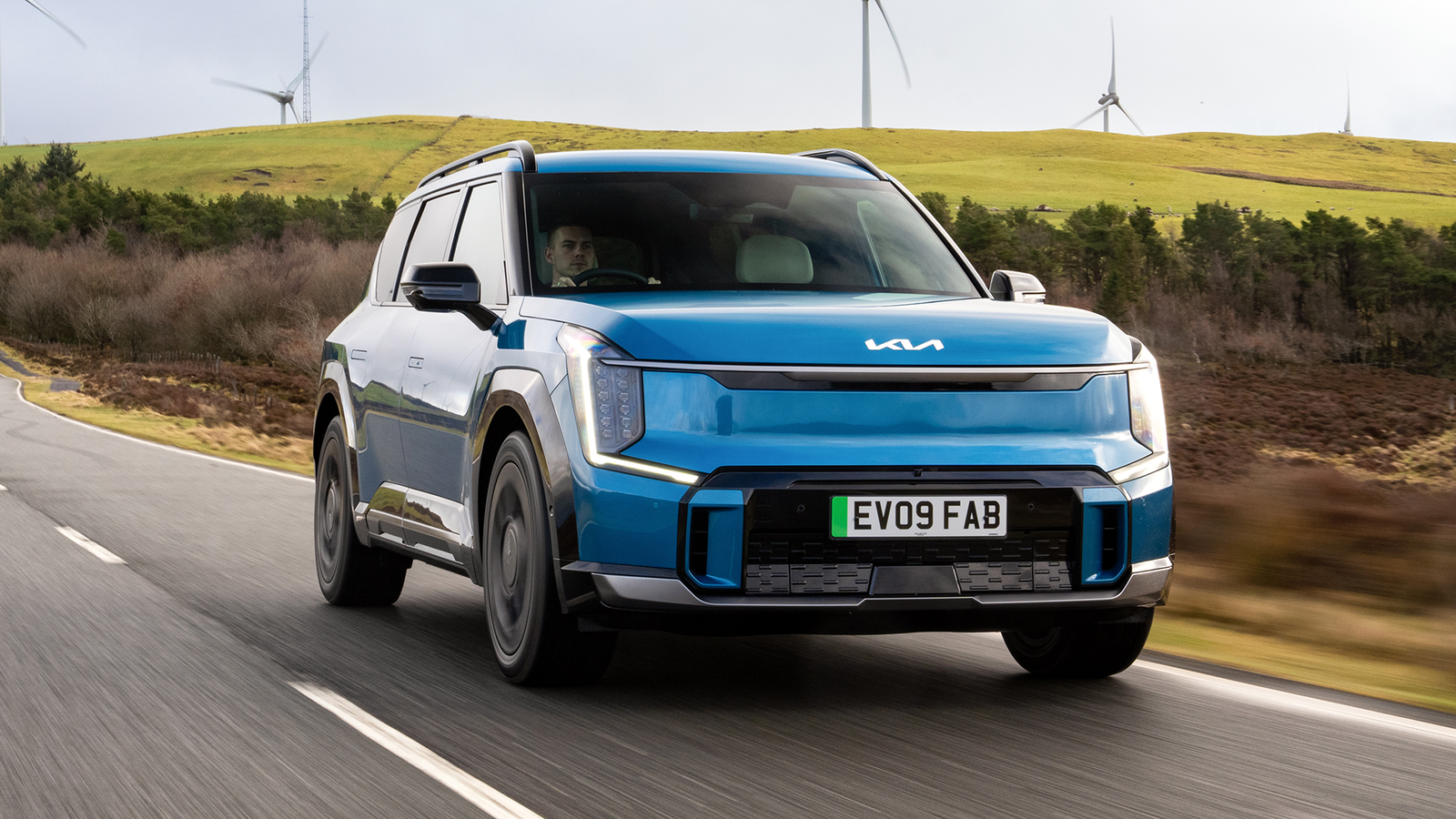

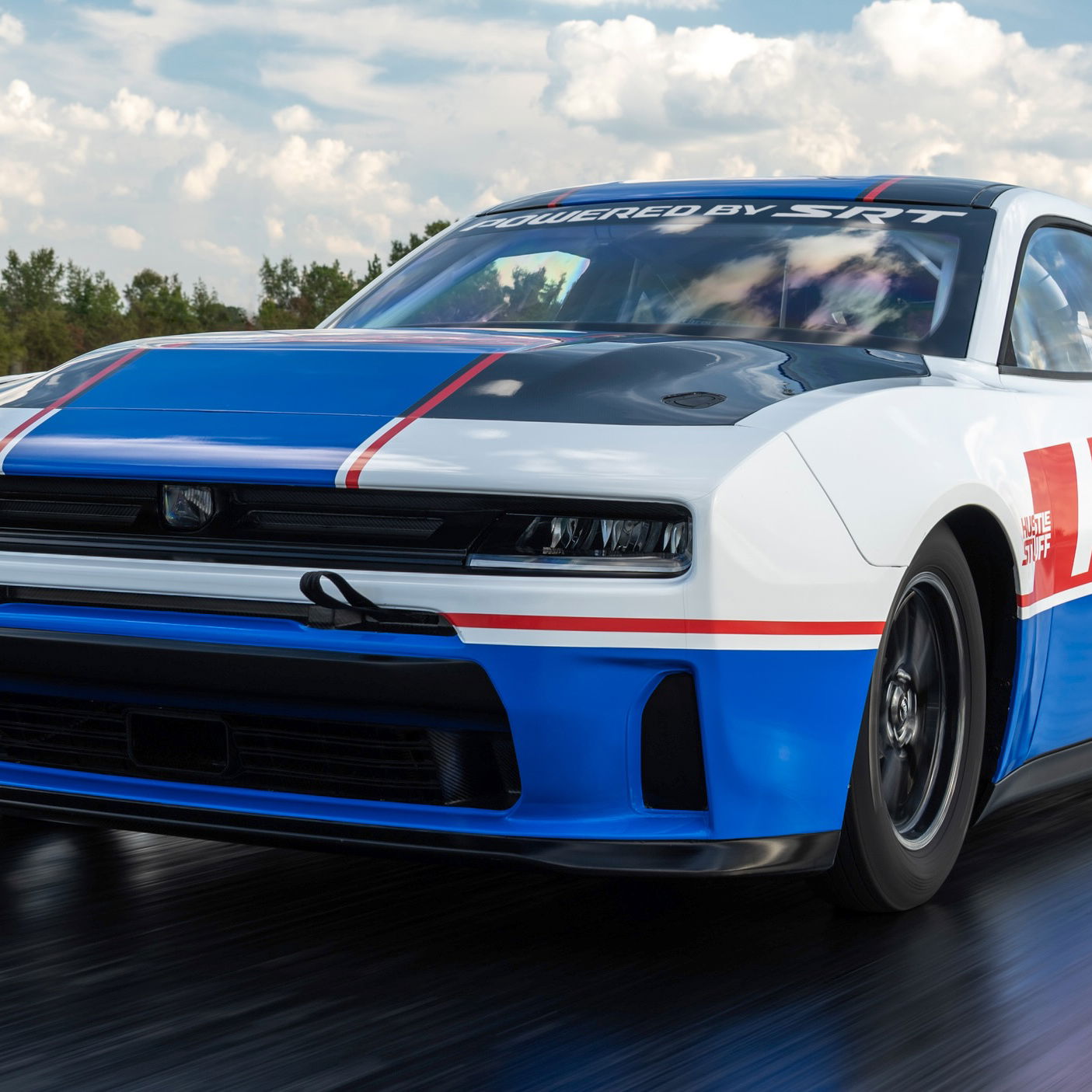
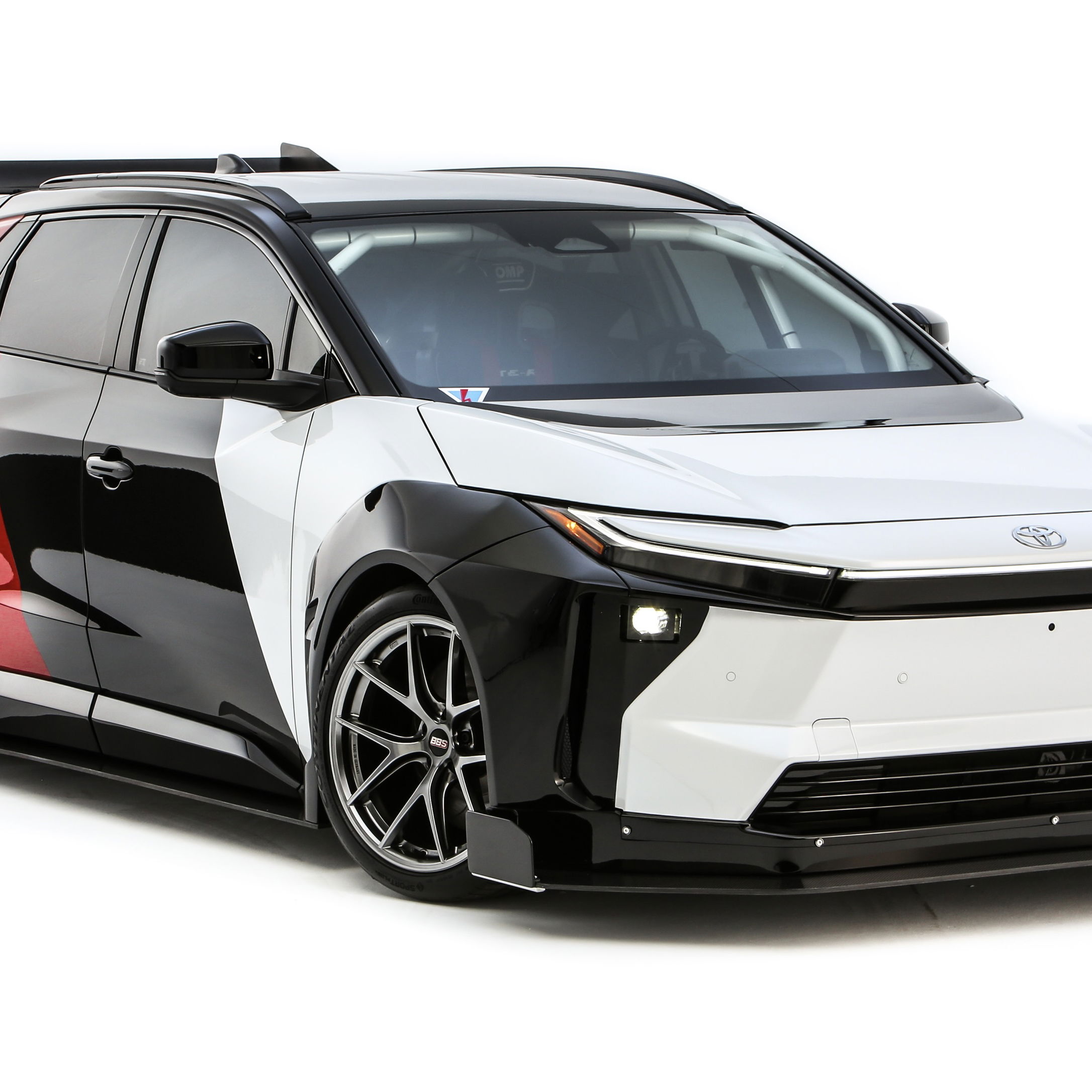




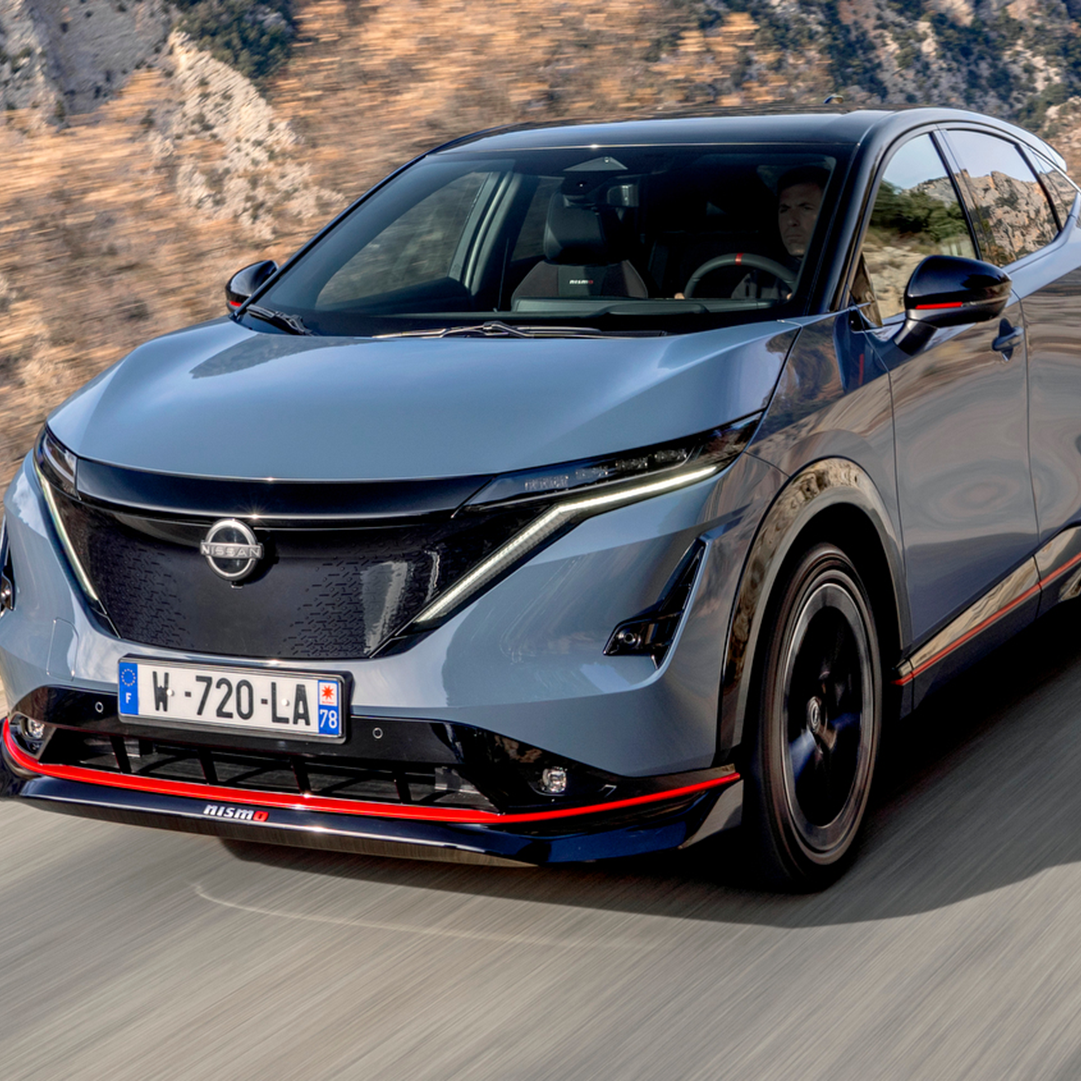


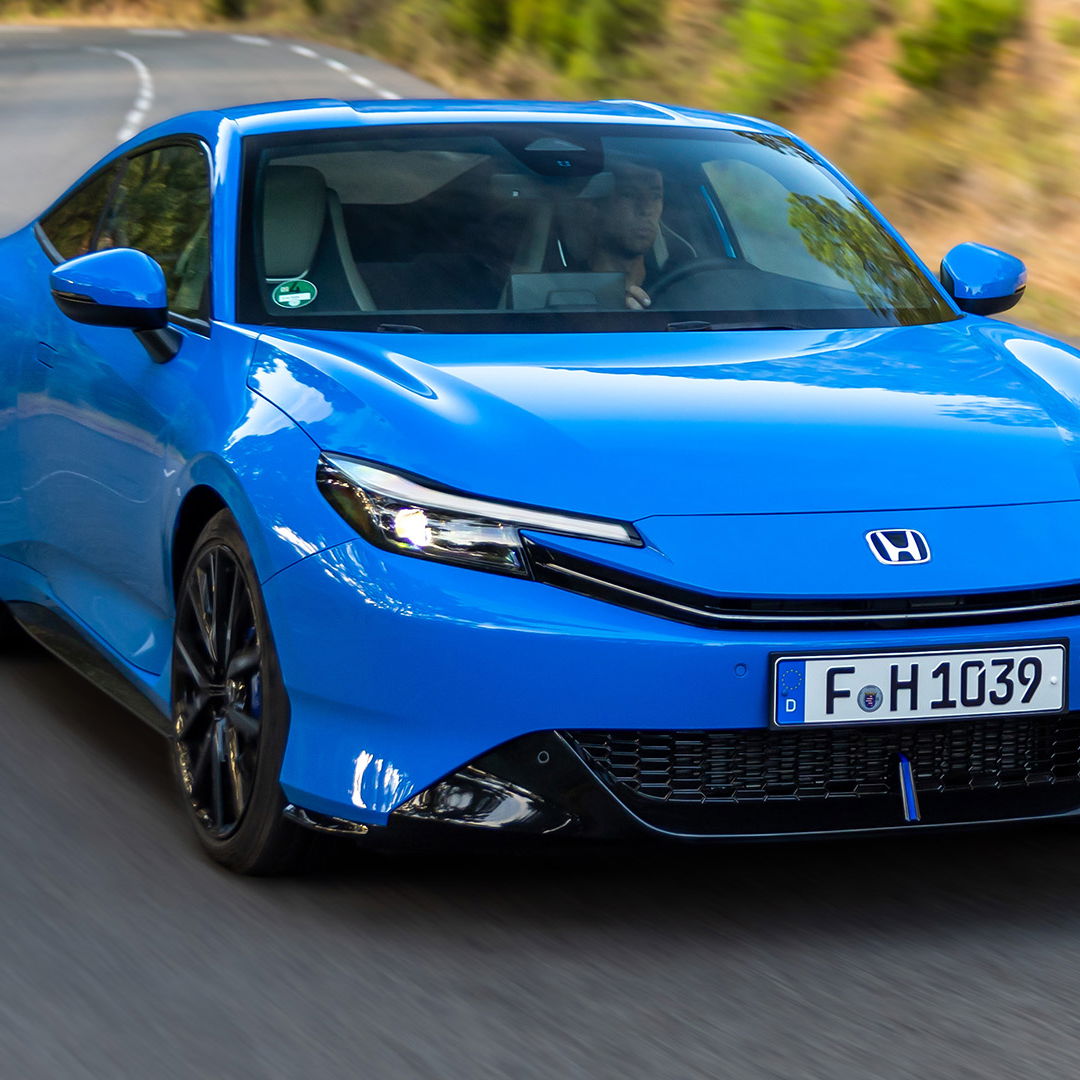
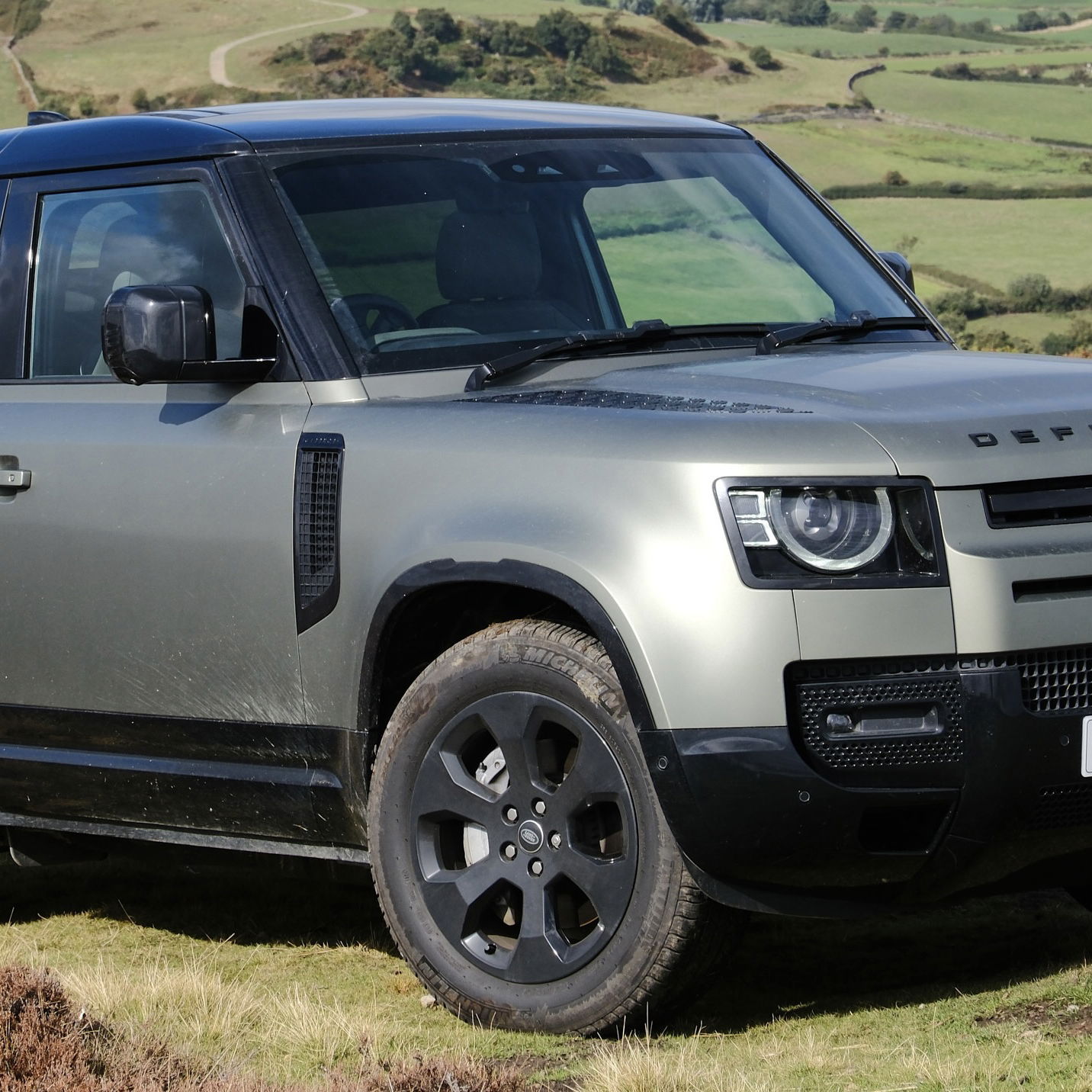

Comments